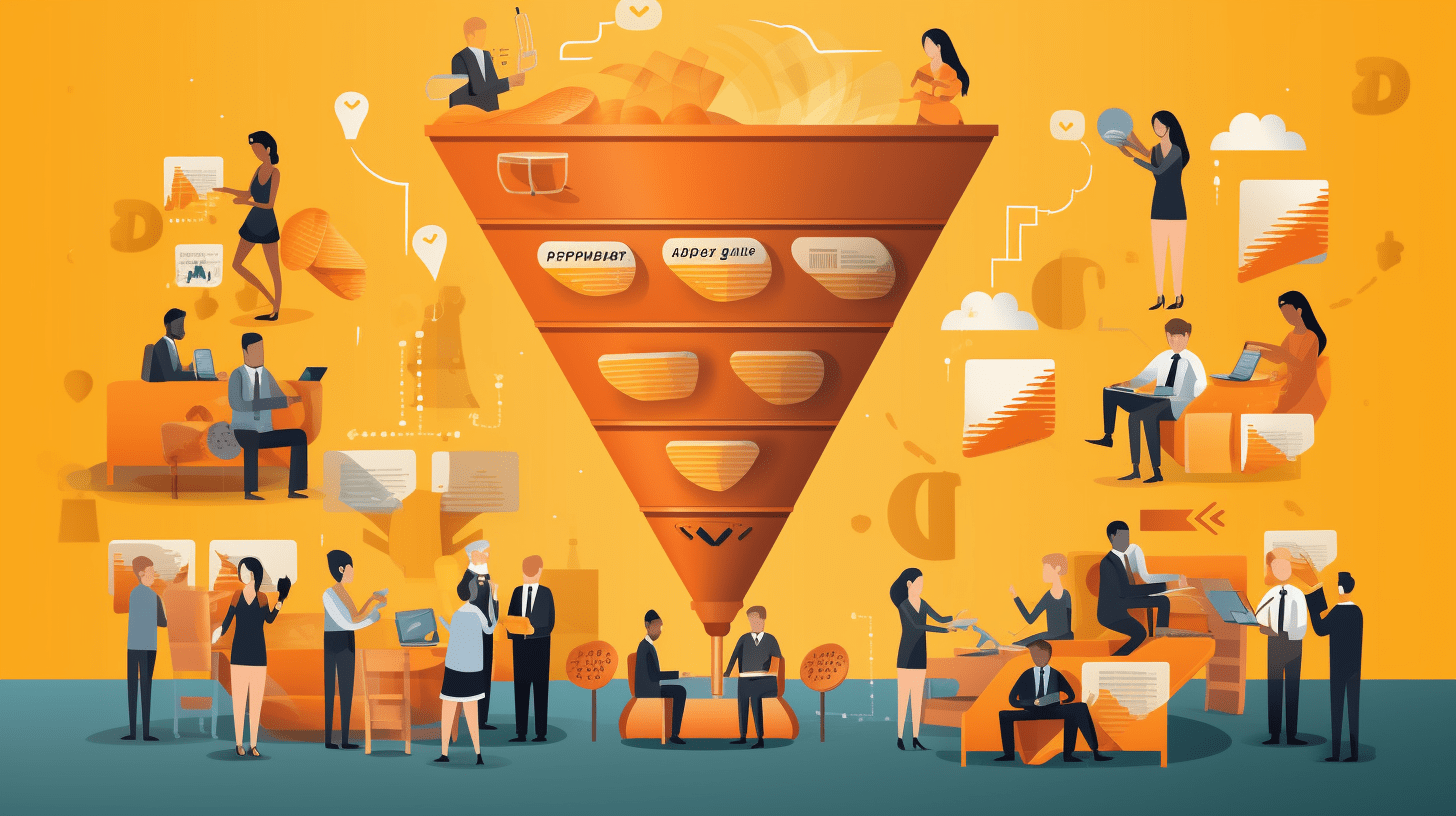An ecommerce sales funnel is a systematic process that guides potential customers through various stages, from initial awareness to making a purchase, ultimately maximizing conversions and revenue. By understanding the stages of the sales funnel and implementing effective strategies, you can optimize your ecommerce store’s performance and drive more sales. In this article, we will explore how to create an effective ecommerce sales funnel and discuss strategies for each stage.
1. Awareness Stage: Attracting Leads
- – Create compelling and targeted content to generate awareness and attract potential customers.
- – Utilize social media platforms, content marketing, search engine optimization (SEO), and online advertising to increase your brand visibility.
- – Offer valuable resources, such as blog articles, guides, or videos, to address your target audience’s pain points and capture their attention.
- – Implement lead generation tactics, such as opt-in forms, pop-ups, or gated content, to collect email addresses and build your subscriber list.
2. Interest Stage: Nurturing Prospects
- – Develop lead nurturing campaigns to build relationships with your leads and educate them about your products or services.
- – Utilize email marketing automation to deliver targeted and personalized content that aligns with their interests and needs.
- – Provide valuable insights, product recommendations, and exclusive offers to keep prospects engaged and move them closer to making a purchase.
- – Use retargeting ads to re-engage leads who have shown interest in your products but haven’t made a purchase yet.
3. Consideration Stage: Converting Customers
- – Optimize your product pages to provide clear and persuasive information about your products or services.
- – Use high-quality product images, detailed descriptions, customer reviews, and ratings to build trust and address potential objections.
- – Implement effective calls-to-action (CTAs) that guide visitors to take the desired action, such as adding items to the cart or initiating the checkout process.
- – Simplify the checkout process and minimize friction points to reduce cart abandonment and improve conversion rates.
4. Decision Stage: Maximizing Revenue
- – Implement upselling and cross-selling strategies to increase the average order value.
- – Offer complementary products or upgrades during the checkout process to encourage customers to add more items to their cart.
- – Provide personalized recommendations based on their browsing and purchase history to enhance the shopping experience and increase customer satisfaction.
- – Implement post-purchase follow-up emails to encourage repeat purchases, gather feedback, and foster long-term customer relationships.
5. Loyalty Stage: Retaining Customers
- – Implement customer retention strategies, such as loyalty programs, personalized offers, and excellent customer service, to foster customer loyalty and encourage repeat purchases.
- – Engage customers through email marketing, social media, or targeted promotions to stay top-of-mind and provide ongoing value.
- – Encourage customers to leave reviews and testimonials to build social proof and attract new customers.
Regularly analyze and optimize your sales funnel based on data and customer feedback. Identify areas of improvement, test different strategies, and iterate on your approach to maximize conversions and revenue in your ecommerce store.
